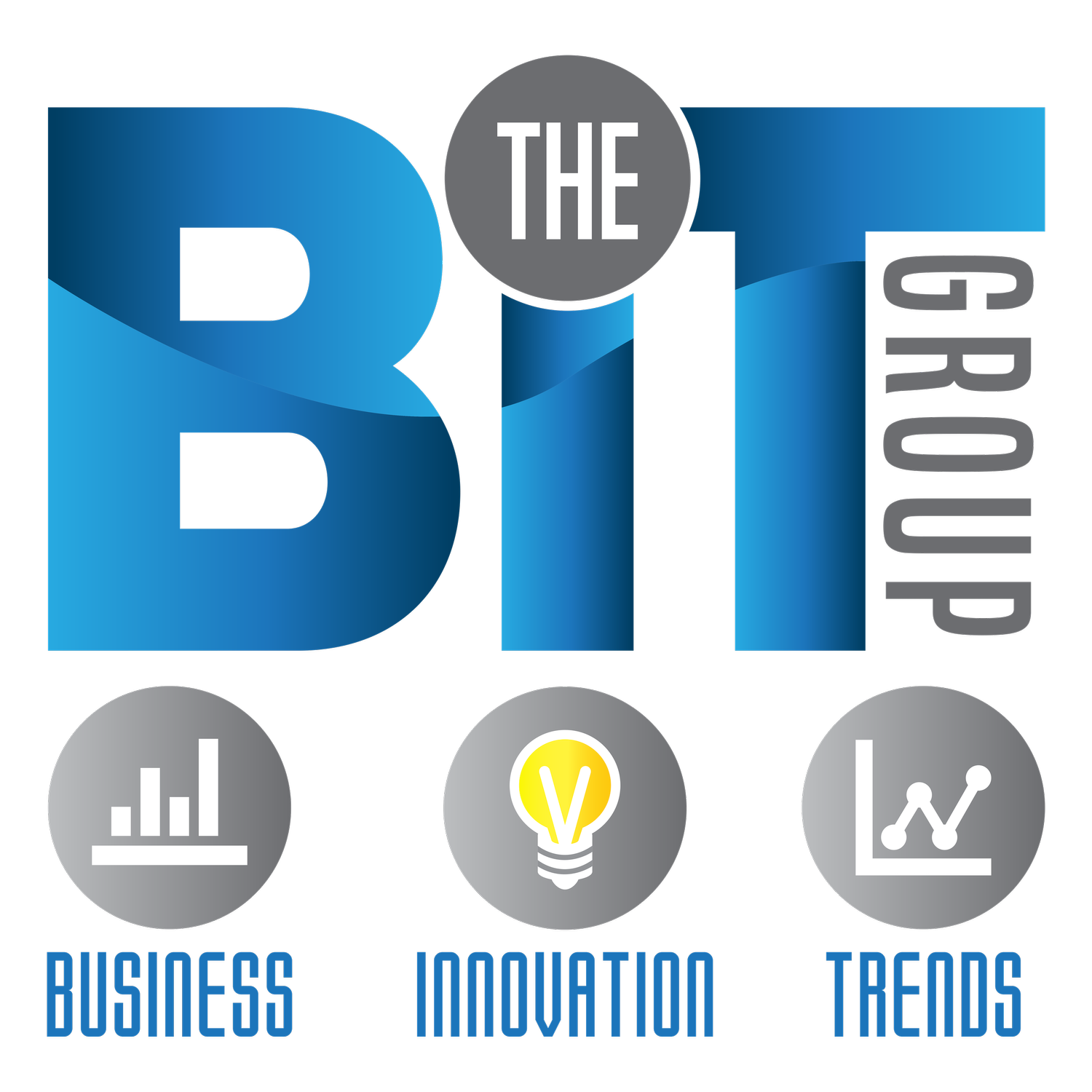By Louis Patler, Ph.,D.
It’s Time to Prepare for the Jobs of 2027
Mark Cuban has been in the news a lot recently, largely because of his vocal opposition to Donald Trump. The tech billionaire, and owner of the Dallas Mavericks NBA team, has made his fortune by being in the right place at the right time doing the right things. He is one smart cookie.
So, when I came across a recent interview in which Cuban predicts the number one job ten years from now, I read it with interest. (http://www.msn.com/en-us/money/careersandeducation/mark-cuban-says-this-will-be-the-no1-job-skill-in-10-years/ar-AAn8yA0?li=BBnbfcL )
Cuban sees computer coding, the current in-demand job skill, as having a short half-life because soon computers will be programmed to write better code than humans. So, where will the hot jobs be in ten years, in 2027?
His answer may surprise you: “a new skill will become more in-demand than it ever has been: creative thinking.”
Yes, creative thinking! That means in ten years there will be a rise in the liberal arts majors’ employability, making many parents happy that their “creative” children will at last find gainful employment!
And I happen to agree with Cuban on this. Thinking in many forms—“creative”, “critical”, “innovative”—will be increasingly important in a world that will become more and more automated. This will necessitate exploring new skills that will lead to new jobs and careers. This can be daunting, but as I say in my new book Make Your Own Waves; The Surfer’s Rules for Innovators and Entrepreneurs” the time is now to “Get Wet.”
In business, what can you do to leave the comfort of a salaried job and a secure schedule to venture into the world of the entrepreneur? You can certainly do your due diligence about your ideas. You can network with potential collaborators. You can find supportive mentors. And you can anticipate and face your fears.
A recent McKinsey article on startups offers supportive advice: “How should you tap into Silicon Valley? Not by sticking a toe in the water. Get your management team aligned and then commit.” (27) Commitment cannot be underrated. A friend of mine who is both an entrepreneur and an investor told me once that he is not fond of simulations and all things theoretical. When he recently was asked to teach a business school seminar on “Entrepreneurship” he practiced what he preached. His course offered no set syllabus. Instead, he formed three student teams, and lured them into entrepreneurial waters by giving them each $1,000 and telling them to go start a business. Being “pre-funded” forced them to THINK!
Their businesses were tracked for the whole semester as students reported weekly on their obstacles and victories. For the committed entrepreneur there is no better “training” than doing.
The ocean, like the marketplace, is ever-changing so you have to assess the conditions before you “get wet.” Look at trends and patterns. Then you paddle out. It’s no surprise the same ocean that inspires surfers to ride waves also inspires them to become entrepreneurs and to make a living related to what they love.
In order to reap the rewards of venturing into the marketplace, entrepreneurs have to get their fingernails dirty. For entrepreneurs, the rewards may be money or a sense of achievement; for surfers it’s the rush of adrenaline when they paddle out and face a new challenge.
In the business world, there are people who never “get wet,” who will never be innovators or entrepreneurs, and that is fine. But the innovators and entrepreneurs of the world will be those who thrive in uncertainty, assess what there is and what is missing, and who will fill voids and create opportunities as they go
In short, they will be masters of the creative thinking that Mark Cuban is forecasting. The good news is that like coding, much of the skillset and toolset needed to be a creative thinker can be learned. My training program, Innovating for Results, (http://www.louispatler.com/innovating-for-results/ ) may be just what you need as 2027 will be here sooner than you may think. Now is the time to “get wet” and give it a try. They determine appropriate metrics to track progress and measure success along the way.






